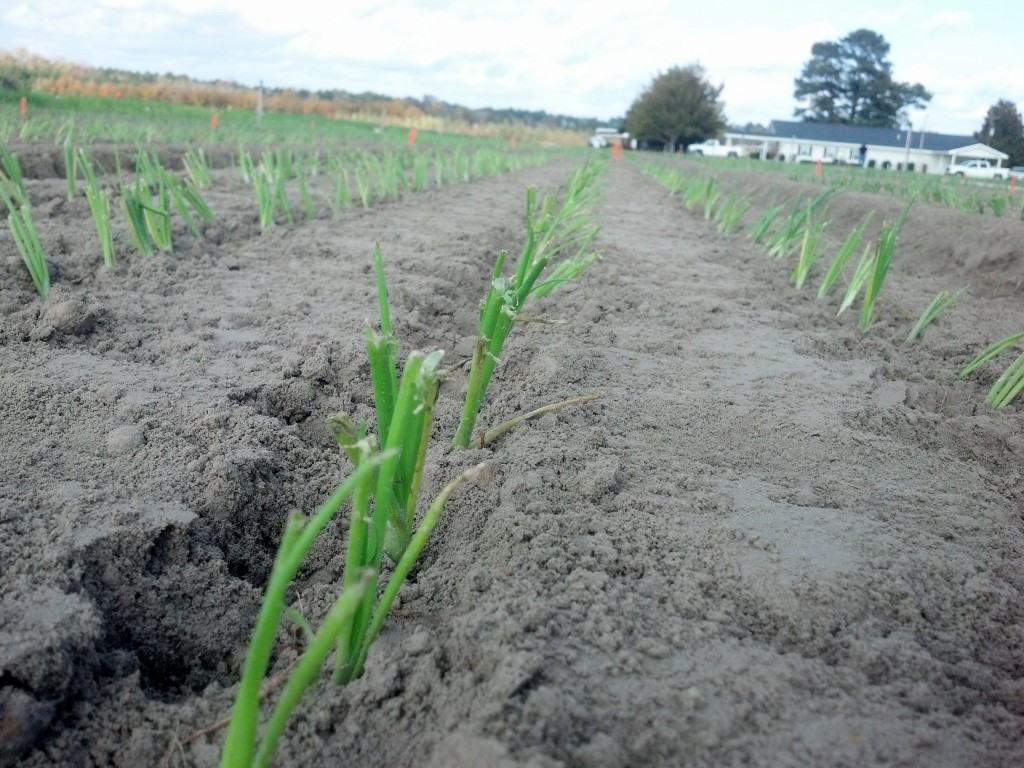Georgia is the largest timber producing state in the Southeast U.S. We are home to 1400 forestry manufacturers and Georgia consistently ranks near the top in terms of pulp and paper production. With this knowledge it is important that growers continue to maximize yield by minimizing competition from unwanted weed species. Our planted stands act much more like row crops than native forest. Therefore, landowners need to manage their tracks accordingly to ensure quick stand establishment (time is money), prevent insect outbreaks, and protect the overall health of the stand.
The three main pine species that landowners plant in the coastal plain are loblolly, slash, and longleaf. However, for this article I want to go over some herbaceous weed control options that growers can and should use in loblolly stands.
Like with row crops, these timber stands need to have as few weeds as possible. At production meetings the weed control specialists will always reiterate the point that you must start clean. Having a site that is clean makes survival much more likely. Research has shown that limiting weeds in the first growing year leads to both better establishment and earlier harvest. Herbaceous weeds are grasses, sedges, and broadleaf weeds that compete for nutrients and soil moisture. Many cases a 4 to 6 foot wide banded herbicide application centered over the top of the seedlings can be as effective as a broadcast application. The ideal time for HWC in loblolly is as soon as the site begins to green up with weed flushes and weeds are about ankle high. April and May are historically our drier months and most herbicides should be applied before newly planted pines become drought stressed. I have included a short list of HWC options labeled for loblolly pines.
ARSENAL® Applicators Concentrate (often abbreviated Arsenal® AC)
Active ingredient is Imazapyr. Very good on perennial grasses even on Johnsongrass and other panicum species. Optimum timing: Early post to post emergence of weeds (April to May).
OUST® XP
Active ingredient is sulfometuron methyl. Strong on a wide range of broadleaf weeds but weak on grasses. Best time to apply is pre-emergence to early post March to April. Don’t use when soil pH is above 6.2 it could damage seedlings.
OUST® EXTRA + ARSENAL® AC
Common tank mixture where both perennial grasses and broadleaf weeds are to be controlled
ATRAZINE 90 DF
Active ingredient is atrazine. This can control a wide range of weeds. Apply when weeds are less than 1.5 inches tall.
This list is not exhaustive, and for persons interested in planting loblolly and want a more comprehensive list please click the link:
https://resources.ipmcenters.org/resource.cfm?rid=14410
Points to remember…
Make sure the product you are getting is labeled for the species planted. Some of these chemicals can severely injure or kill pine species that they are not labeled for. Also make sure you are applying at the proper rates and the correct time of year. Remember to follow the label because the label is the law.
